|
Enlistment
The pattern of war service for the men from the Hurst War Memorial is broadly reflective of the manner in which the First World War was conducted.
The Hurst fallen include a number of men with prior military experience; some were regular soldiers in service or on the Reserve and others were Territorials who stepped forward at the outbreak of war to serve overseas.
These men, combined with the exuberant volunteers who responded to Lord Kitchener’s call, make up more than half of the fallen and were in the forces before the end of 1914.
More volunteers followed in 1915 and then conscription was introduced in early 1916 to satisfy the unremitting call for ever more men.
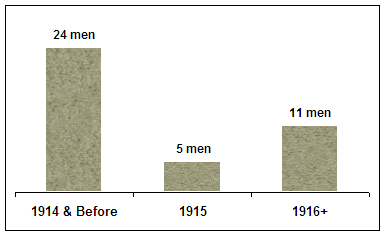
Went Overseas
It took at least six months to train new recruits and so the early volunteers did not see active service until spring or summer of 1915.
Those who went overseas to France and Belgium in 1914 were the regulars and territorials with prior military experience.
The later conscripts arrived on the Western Front in time for the big set piece engagements of the Somme, Arras, Passchendale and Cambrai.
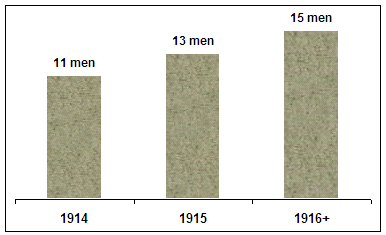
Died When
In 1914 the British forces were small in comparison to France and Germany, and the fighting retained a fluidity reminiscent of previous wars.
Casualties were therefore relatively light compared with the later years.
As the fighting evolved by the end of the year into the slog of trench warfare, more and more men were committed and massive offensives were devised to try to break the stalemate.
This accounts for the escalating number of casualties as the war progressed.
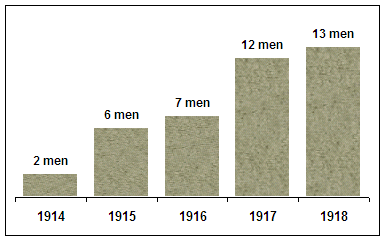
Age Died
The whole nation was engaged in supporting the war effort and by 1918 men as old as 55 years could be called up.
However for Hurst it was essentially a young man’s fight, with nearly half of the fallen being under 26 years old.
The youngest soldier to die was just 18 years and the oldest was 37 years old.
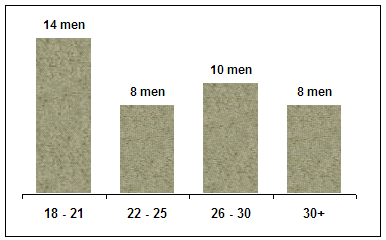
Died Where
The majority of the men died in France, either at the front or in the evacuation line that cleared casualties from the battlefields and back via base hospitals to Blighty.
Casualties around Ypres in Belgium were disproportionately high due to the precarious nature of the salient.
Here British forces were under attack from three sides on a front only 20 miles long.
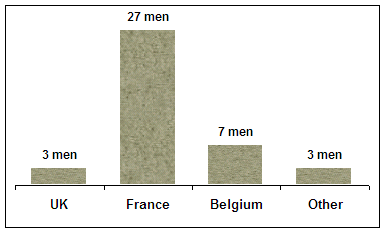
Died How
Nearly two thirds of the Hurst fallen were killed in action on the battlefield.
Men who died of wounds were often buried near to the casualty clearing station or base hospital where they were being treated.
The few men who are buried in the UK died of illness or accident, or succumbed to their wounds after discharge from the army.
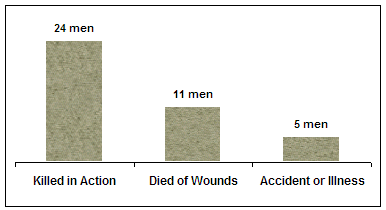
Commemorated
One third of the Hurst fallen have no known grave and are commemorated on memorials.
This represents half of the soldiers killed in action and tellingly illustrates the horrors of trench warfare.
Artillery bombardments interred soldiers where they stood and machine fire slaughtered thousands as they attacked across No Man's Land.
Often there was little opportunity to bury the fallen and many graves on the battlefield were obliterated by subsequent fighting.
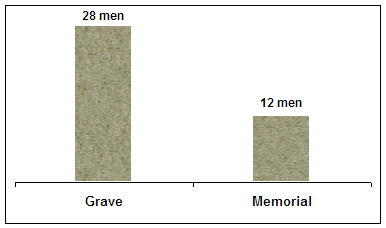
Map of Memorials
|



